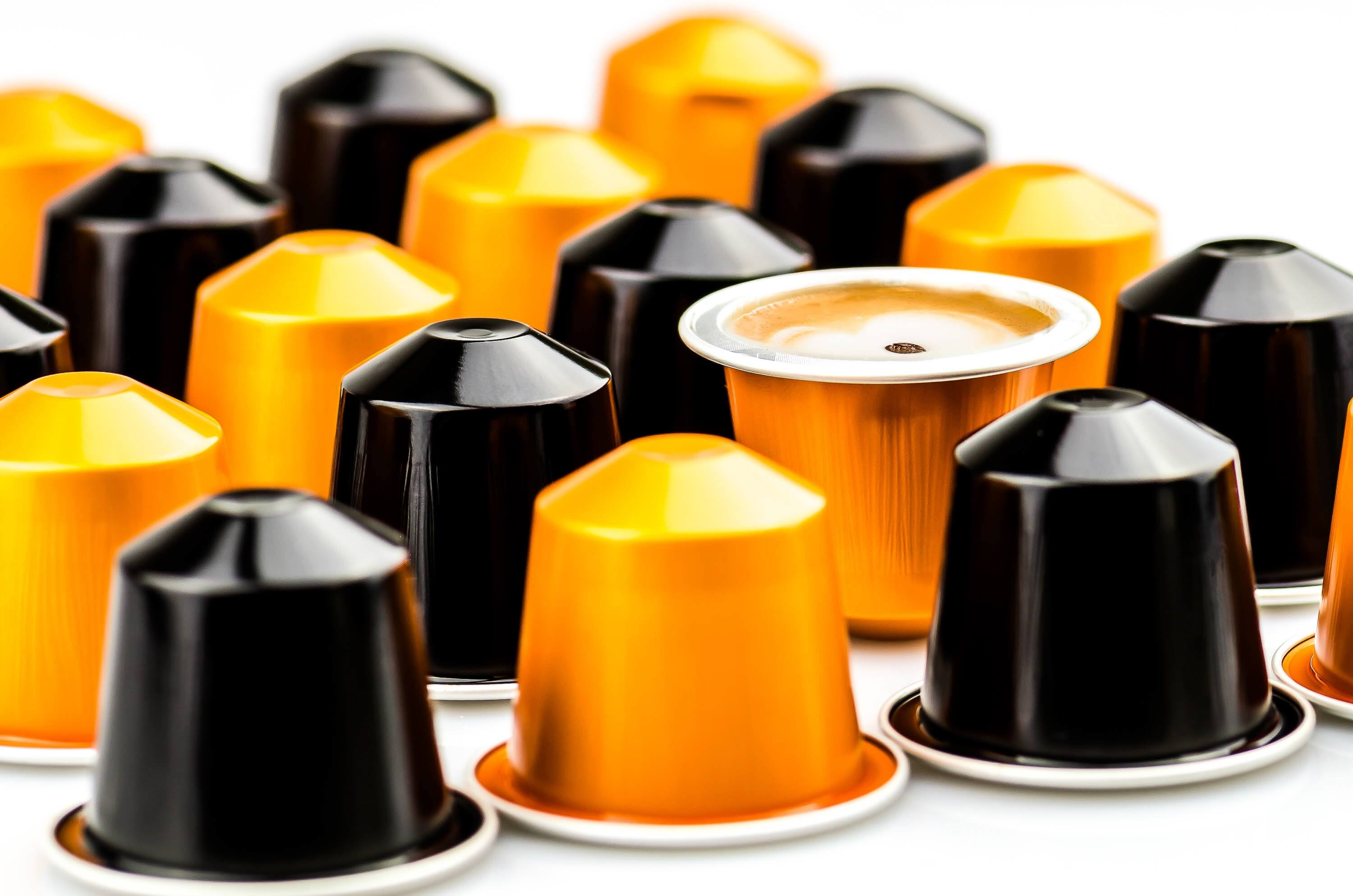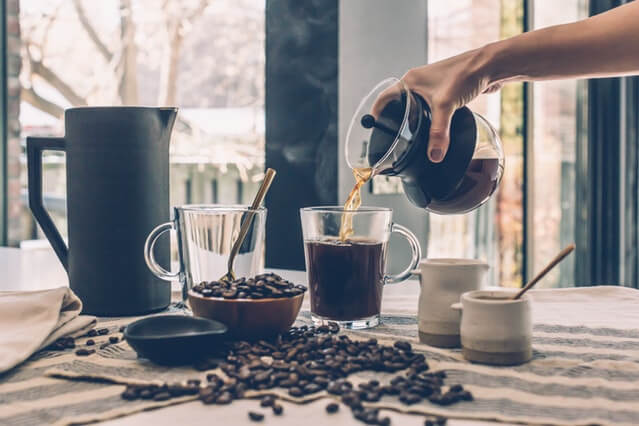K-cups – the latest innovation to coffee drinking that’s been well-embraced by java addicts around the world. However, people have been calling out this innovation lately for the risks it brings in exchange for convenient coffee drinking.
Since it was introduced to the public, K-cups (and the concept of coffee pods) has seen a tremendous rise in sales. It was originally intended for office peeps who are always in a rush and have no time to sit around and brew coffee, but households have also jumped in on its convenience these days.
However, recent studies and discoveries have discovered its risk to the environment and our health – from the materials used in their containers to the preservatives found in its ingredients. Environmentalists and other concerned citizens have even launched the #KillTheK-Cup campaign to enlighten every one of these risks.
But are K-cups really a danger to our environment and personal health?
The sad truth is, yes, and here are five reasons why:
Table of Contents
1. K-cups are not recyclable
These coffee pods are made with plastic and aluminum, two of the most common no-biodegradable materials in the world. To be exact, K-cups are made with plastic #7, which is impossible to recycle.
Although recent coffee pod makers have insisted that their new designs are made with recycling in mind, you just can’t recycle the WHOLE container. You have to rip off the plastic lid, throw the coffee grounds, and peel off the filter. It requires too much work that it beats the purpose of its creation – to make coffee drinking easier.
And this is why most K-cup users just choose to ditch the container instead of recycling it. So in a sense, even though coffee pod makers keep advertising their recyclable pods, it’s still useless.
2. They add up to the growing pile of global wastes
Since people just choose to ditch their coffee pods, they end up piling in trash bags and in landfills.
But they’re small. Will they really make a difference?
The sad truth is, yes. Keurig Green Mountain, the biggest makers of coffee pods in the world, said they’ve made 10 billion k-cups in 2015 alone. Since the convenience of coffee pods is continuously patronized, we can safely assume that the statistics have increased since then.
As most environmentalists have calculated, that amount can wrap the whole planet more than 72 times!
Plus, plastic alone takes a hundred year to fully decompose, so the aluminum just adds up to the lifespan of a K-cup in the landfill. 
But that’s assuming they all end up properly in trash bags. We’re not counting the pods that get washed into rivers, which breaks down over time and chokes the marine life living in these bodies of water.
3. They carry huge health hazards
Keurig claims their K-cups are BPA-free, but the risk of the chemical change during the heating of plastic and aluminum is still present.
Keurig insists that their new K-cup containers will be made of Tritan instead of BPA, a synthetic estrogen that can cause negative changes in the endocrine and reproductive system.
But in an investigative report by journalist Mariah Blake, triphenyl phosphate, one of Tritan’s components, is more estrogenic than BPA. Even James Deyo, senior toxicologist of Tritan maker Eastman, said it was an “oh shit moment” when Tritan tested positive for estrogenic activity.
Not to mention that the coffee pod machine itself can be a breeding ground for mold. The heat and humidity in the lids of the machine are ideal factors that encourage mold growth, and unfortunately, you can’t get rid of them that easily with just washing.
If these aren’t enough reasons to convince you to leave your k-cups behind, let’s look at the financial and quality side.
4. They cost more than brewing your own coffee
Even though you can buy a dozen or so k-cups for a cheap price, they only brew a few grams of coffee. If you want a full cup, you’ll have to use two or more k-cups.
For example, you bought 10 k-cups for $6, but it only contains 5 grams per capsule, so a pound of coffee actually costs $50 or less.
And to think artisan roasters sell quality coffee beans for only $20 or less.
5. Quality of coffee is not that great
The quality of the brewed coffee is not of utmost quality, too. The Keurig machine brews coffee at only 192 °F, lower than the recommended 205 °F brewing temperature to produce the best flavor from the beans/grounds.
Although some might say that flavor doesn’t matter, still, wouldn’t you expect better for something that cost you more or less $50 for a single cup?
Old-school coffee still wins!
Life’s not over when you ditch these k-cups and your coffee pod machines for good. You can still get your daily caffeine fix the healthier and greener way with better coffee makers out there.
Or better yet, go back and enjoy the traditional method of making coffee. Nothing beats the aroma and warmth wafting through the air as you finish brewing your cup of java!




























